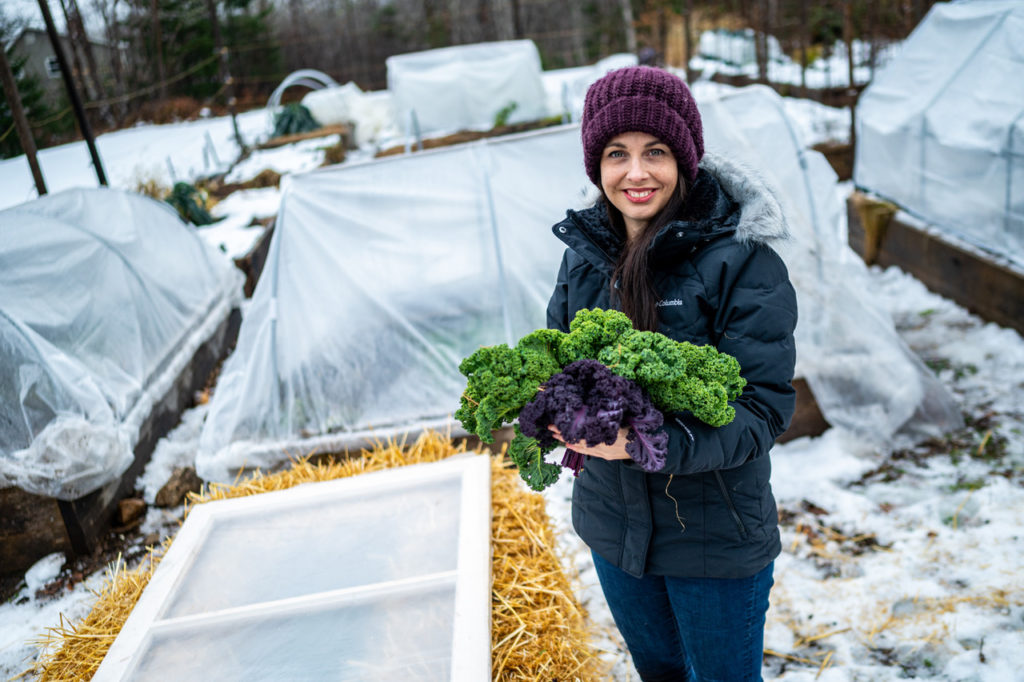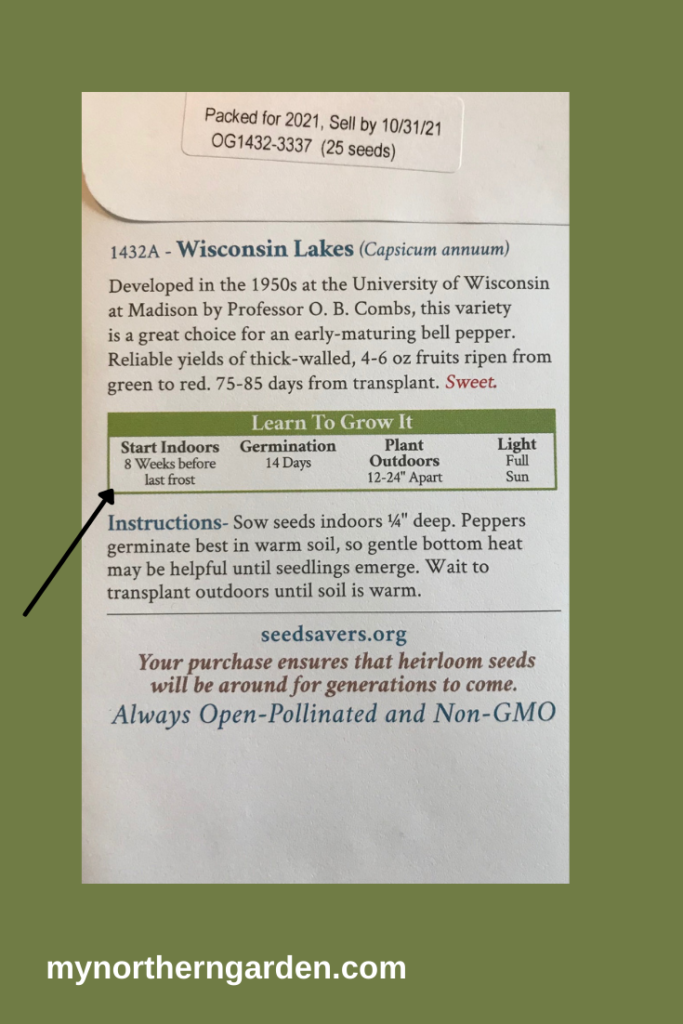Last frost. First frost. Frost free. Hardiness zone. For vegetable gardeners, frost dates are important in determining when you should plant and what you should plant. During my recent interview with author Niki Jabbour on the Grow it, Minnesota podcast, we talked about how she decides when to plant seeds or transplants in her under-cover garden.

“Frost dates,” she said. While some gardeners will take soil temperatures before planting a crop, knowing your hardiness zone and frost dates is the easiest way to plant vegetables (and other plants) at the best time for them to thrive. Here are the basic numbers for vegetable gardeners in the North to know:
Hardiness Zone
Most Minnesota gardeners are in either USDA Hardiness Zone 3 or 4. Some may be close to zone 5. These zones are determined by how cold it gets on the most extreme cold day in your area on average. The USDA last updated the zones in 2012 and many areas of the country saw a shift to a warmer zone at that time.

I live in St. Paul in USDA Zone 4b. That means that at its very coldest my garden should not get colder than -25 Fahrenheit, though it might get to -20. Sure enough, the coldest temperature I’ve ever recorded in my backyard is -23 on the morning of January 29, 2019. (I have a photo of my thermometer on that day, but it’s too blurry to share!)
When you buy trees, shrubs and perennials, the hardiness zone for the plant should be listed on the plant tag. Make sure anything you buy is hardy to your zone.
Last Frost Date
The last frost date is the one vegetable gardeners need to pay attention to in spring. It tells you when is the last date in the spring your area is likely to get frost — generally 36 or so degrees. It’s not a perfect system because a very late frost is always possible. (That’s why gardeners like Niki use row covers, cloches and cold-frames in the spring.) However, it is usually a reliable indicator of when to plant. Once you know your last frost date, you can use the information on seed packages to know when to sow your seeds.

I’ve seen a lot of different dates as the last frost date for the Twin Cities, but to be extra safe, I consider it May 10. (Here’s a chart with a more thorough look at frost dates. Climatologist Mark Seeley thinks the Twin Cities last frost date is now actually at the end of April.) But I like to be careful. So when a seed packet says, “sow seeds outdoors after the last frost,” I’ll probably plant them in the second or third week of May. Knowing this date is very helpful for indoor seed starting, too. The pepper package pictured at right says start seeds indoors eight weeks before last frost. Using May 10 as a safe bet, I’d count back eight weeks on the calendar and plant the pepper seeds under lights indoors about March 22. In mid-May, I’d move them outside, but only if the forecast looked favorable—and I’d probably keep them in a cold frame until June.
Frost-Free Days
Frost-free days are the number of days between the last frost of the spring and the first frost of the fall. It’s generally considered the length of an area’s garden season—unless you use season-extenders like Niki does. In the Twin Cities, the odds are very good we’ll have at least 130 to 140 frost-free days, and very possibly 160. In 2016, the Twin Cities had a growing season of 200 days! That doesn’t mean baking sun and 70s all the time — just that we’ll be above 36 or so. The folks up in Roseau will be lucky to get 100 days frost free.
Observe Your Garden
Beyond knowing your zone and frost dates, gardeners can observe the micro-climate they have in their yard to determine when it’s best to plant. Is your vegetable garden in a low-lying spot? It will likely be slower to warm up in the spring. Do you have a south-facing protected spot? That would be a good place to put a tender plant. Knowing your own garden (and maybe using some season extenders) is the best way to get the most from your vegetable plot.
For more on using cold-frames, hoop houses and other season extenders, check out my interview with Niki on the podcast!
[…] March and mid April is the best time to start tomatoes. To know when to start seeds, check your last frost date for your area, then read the packet and count back the weeks to know when to start your […]